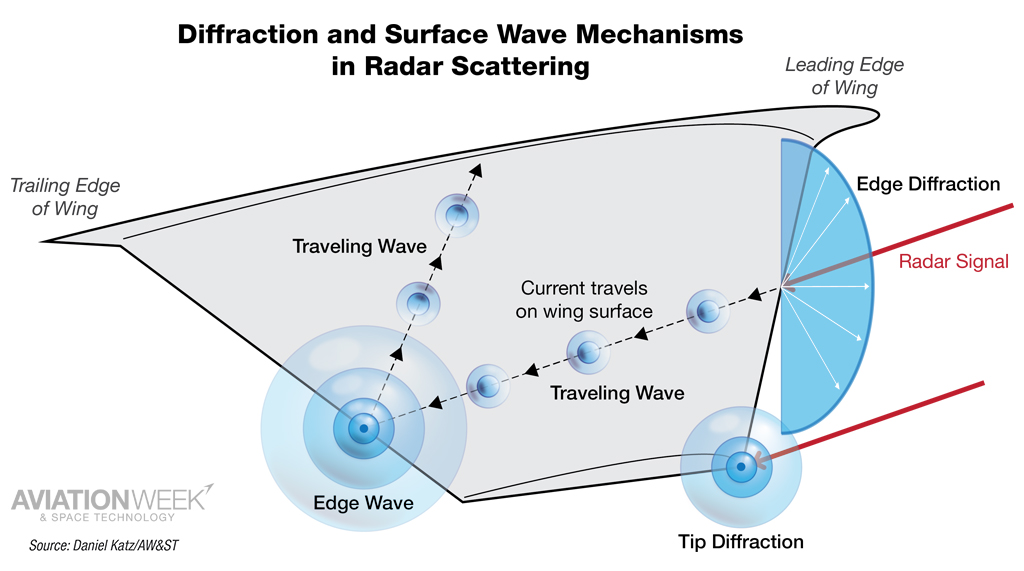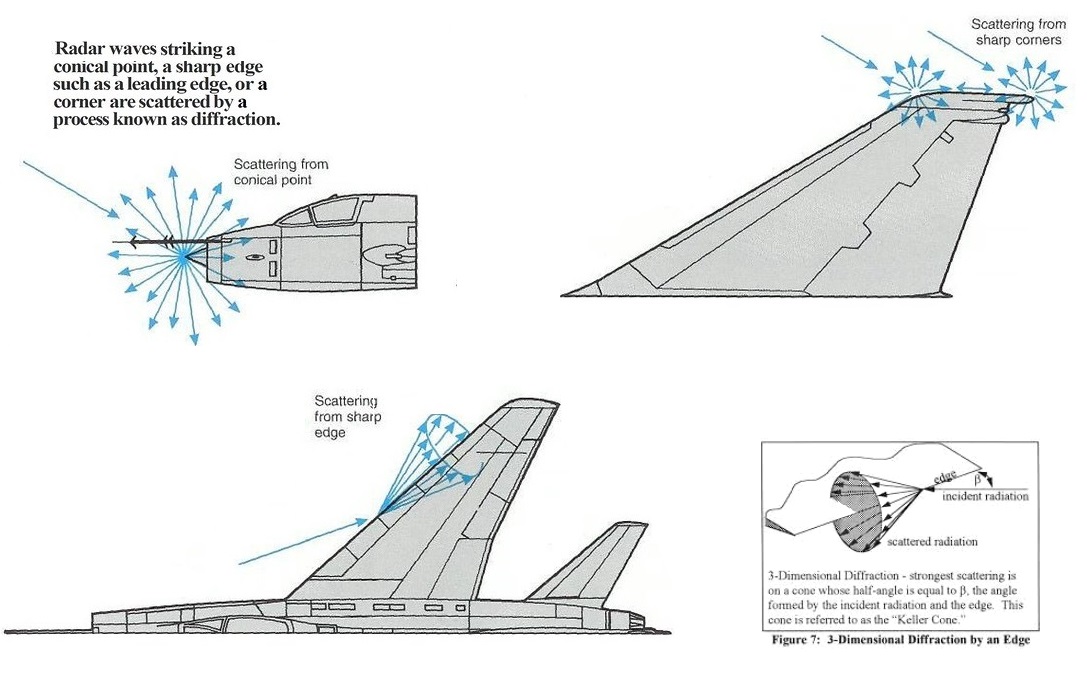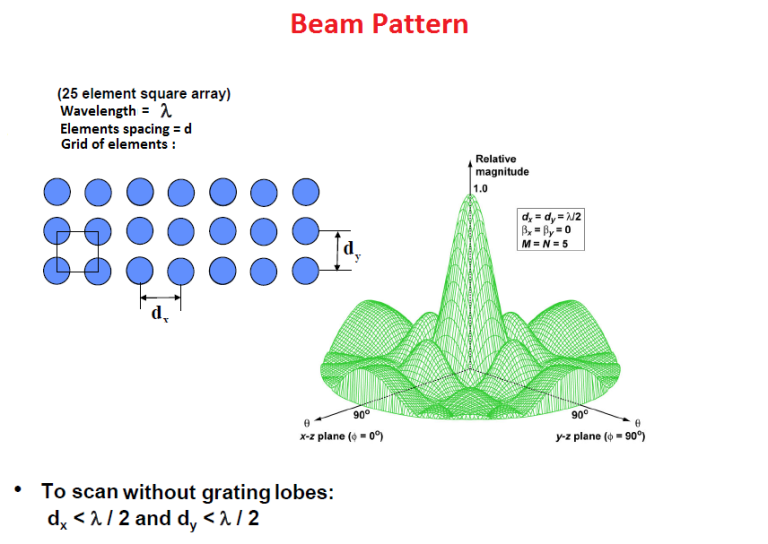Okay so I had read the radar which detected f22 was L band.. Now found out it can also function on vhf.
However L band too can detect like but they're less effective compared to vhf obviously..
I guess s300or400 must be having a radar capable of functioning at vhf,L band and even more just like the Chinese one which detected f22...
Very soon super su30Mki will get radar capable of functioning on x band as well as lower bands too..
Even Tejas's uttam can..
So they could too detect stealthy aircraft obviously at not that far..
Stealth is not an on/off button, it is not binary like that. Stealth basically mean having a very low RCS value, so that you can detect/attack enemy before they can detect/attack you.
Saying that a certain radar can detect a stealth aircraft is pretty much irrelevant information if you don't know the distance , the aspect of the aircraft (because their RCS is not the same at all direction). Take for example: You can see an oil tanker with your naked, you can also see an ant with your eye. But that doesn’t mean you see both at the same distance.
Secondly, let examine why a lower radar frequency is allegedly more effective against stealth aircraft.
Contributors to high RCS:
To start with, the total radar reflection of a complex body such as aircraft made from several different kinds of reflections
They can be grouped into these following types:
Specular return: this is the most significant form of reflection, the surface acts like a mirror for the incident radar pulse. Most of the incident radar energy is reflected according to the law of specular reflection ( the angle of reflection is equal to the angle of incidence)
Traveling/Surface wave return: an incident radar wave strike on the aircraft body can generate a traveling current on surface that propagates along a path to surface boundaries such as leading edge, surface discontinuous …etc, such surface boundaries can either cause a backward traveling wave or make the wave scattered in many directions.
Diffraction: waves striking a very sharp surface,and edges are scattered instead of following the law of specular reflection.
Creeping wave return: this is a form of a traveling wave that doesn’t face surface discontinuous and not reflected by obstacle when traveling along object surface, thus it is able to travel around the object and come back at the radar. Unlike normal traveling wave, creeping wave traveled along surface shadowed from incidence wave (because it has to go around the object). As a result, the amplitude of creeping wave will reduce the further it has to travel because it can’t feed energy from the incident wave in the shadow region. In principle, creeping waves are the result of waves hitting the tangent of a tubular or circular body then get diffracted into the shadow region. It important to note that the creeping wave return effect appears when the wavelength is at least 1/10 of the object’s circumference and the effect is most powerful when wavelength equal to the circumference of the object.


The percentage which each type of return will contribute to the total RCS value of an object depending on which region that object located in. The term region will be explained shortly.
A high-frequency regime (or optical region) applies when the
circumference of the object is at least 10 times longer than the wavelength of the incident radar wave. In this regime, specular mechanisms dominate the radar reflection ,(the angle of reflection equals the angle of incidence), like billiard balls colliding. Reflection towards the emitting radar – is reduced by angling surfaces so that they are rarely perpendicular to radars and suppressing the reflections from re-entrant structures such as engine intakes and antenna cavities with combinations of internal shaping, radar-absorbent material (RAM) or frequency selective surfaces. In this regime, “surface wave” mechanisms are small contributors to RCS, but are still present. If the wavelength is small relative to the surface, these waves are weak and their overlap will generate maximum backscatter when the radar signal is at grazing angles. When these currents encounter discontinuities, such as the end of a surface, they abruptly change and emit “edge waves.” The waves from different edges interact constructively or destructively due to their phases. The result is that they can strengthen the reflection in the specular direction and create “sidelobes” – a fan of returns around the specular reflection which undulate rapidly and weaken as the angle deviates from the specular direction. Surface wave reflections are generally very small in the optical region.

Mie region or also known as the resonance region : applies when
object circumference*0.1 ≤ radar wavelength ≤ object circumference*1 in this region the surface wave can also swing around a structure’s back side, becoming “creeping waves” that shed energy incrementally and contribute to backscatter when they swing back toward the threat radar. This creeping wave can interferes constructively or destructively with the specular backscatter to produce a variation in the object’s RCS. Creeping wave doesn’t follow mirror like reflection rule, thus the common angular shape of stealth aircraft doesn’t help deflect them away from the threat radar.
So why is stealth less effective at low frequency? As the radar wavelength of radar grows, the intensity of specular reflections is reduced but its lobes width are widened (the same phenomenon also happened to radar, if aperture size remained the same, the reduction in frequency will increase radar beam width). Because the specular reflection lobes are widen ,shaping become less effective because it will be harder to deflect radar wave away from the source ( it is important to note that, while this lobe widening phenomenon making shaping less effective, it also reduce the intensity of the reflection because the energy will be distributed over a wider volume )
Specular reflections from flat surfaces decrease with the square of the wavelength but widen proportionally: at 1/10th the surface length(approaching Mie region) they are around 6 deg. wide.
At lower frequency, the effect of traveling wave and diffraction is also more pronoun. For flat surfaces, traveling waves grow with the square of wavelength and their angle of peak backscatter rises with the square root of wavelength: (at 1/10th the surface length, it is over 15 deg). As the power of surface wave grow, the power of creeping wave return also grow. Tip diffractions and edge waves from facets viewed diagonally also grow with the square of wavelength. The end result is that the net value of stealth aircraft’s RCS often increases in
Mie region. Maximum RCS is often reached when the wavelength reaches the circumference of the structure
=> To sum up, consider the size of stealth fighter, you would need something like UHF/VHF band to counter their shaping





















www.navalnews.com
